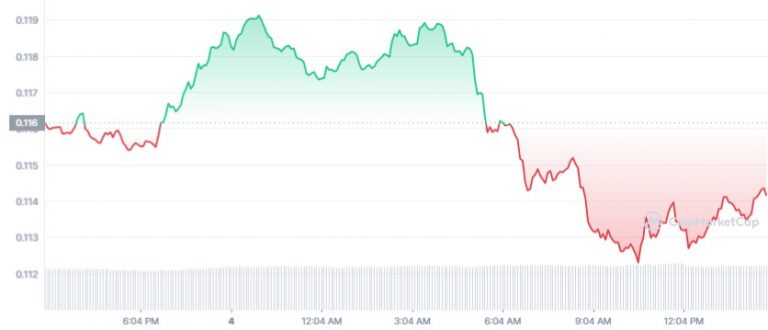The Bank for International Settlements (BIS), also called the central bank of central banks, appears to have softened its stance on cryptocurrencies and may allow banks to hold up to 1% of their reserves in Bitcoin. According to a document published by the BIS, the banking supervision committee plans to capitalize on Bitcoin’s popularity despite the market being bearish for the past few weeks. Last Wednesday, June 30, the BIS Basel Committee on Banking Supervision (BCBS) published an advisory document entitled “Second consultation on the prudential treatment of ‘crypto asset’ exposures”where it limits the total exposure that banks can have to “Group 2 crypto assets at 1% of Tier 1 capital”.
Group 2 refers to assets that do not meet the classification conditions and include specific tokenized traditional assets and stablecoins. The same group also refers to unbacked “crypto assets”. Unlike Group 2, Group 1 will consist of tokenized traditional assets and stablecoins that meet the classification conditions.
“Banks’ exposures to Group 2 crypto assets will be subject to an exposure limit. Banks must apply the exposure limit to their aggregate exposures to Group 2 crypto assets, including direct (cash and derivatives) and indirect (i.e., those through investment funds, ETF/ETN, special purpose vehicles) holdings. ”
1% exposure limit for ‘risky’ assets
For risky assets, which are cryptocurrencies and those not backed by conventional reserves or stablecoins, there will be an exposure cap set at 1% of Tier 1 capital. For banking giants like JPMorgan Chase, 1% of Tier 1 capital can be billions of dollars. The BIS has defined how much equity lenders need to keep for their cryptocurrency exposure. International rules, reinforced after the 2008 financial crisis, state that creditors must have more capital reserves that can be used as a backup for other assets, such as loans. The rules prevent banks from having significant exposure to one entity, which would mean that the bank’s survival could depend on just one institution. According to the committee, the requirements should also apply to cryptocurrencies.
“The Basel Framework’s large exposure rules are not designed to capture large exposures to one type of asset, but to individual counterparties or groups of connected counterparties. This would imply, for example, no large exposure limits on a crypto asset where there is no counterparty, such as bitcoin.”
BIS cryptocurrencies group 1 and 2
BIS and cryptocurrencies
This is the committee’s second attempt to set standards for equity lenders’ exposure to cryptocurrencies. The committee’s first consultation paper published in June 2021 met with opposition from banks such as Deutsche Bank and JP Morgan Chase for being “overly conservative”.
The BIS has always had a rather skeptical view of cryptocurrencies. The global central bank body released a document last year in which it claimed that cryptocurrencies could not fulfill the role of money and listed problems such as high fees and congestion. Now, however, the committee appears to have softened its stance towards cryptocurrencies and this change in stance appears to have come after the BIS received significant backlash after its earlier approach was deemed too cautious. Under the original plan, a bank with a $100 exposure to cryptocurrencies would need a minimum capital requirement of $100, eliminating any incentive to get involved in the cryptocurrency market.

